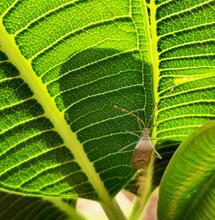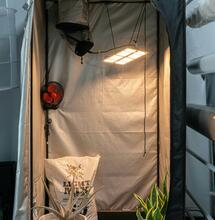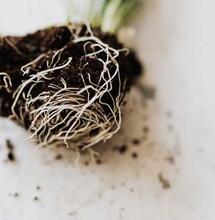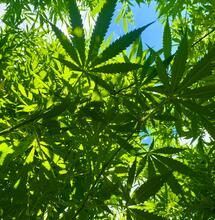Growing Media: What Should you Use?

This guide compares some of the most popular options to help you decide which one is best for your needs.
When it comes to growing plants indoors, there is a wide selection of substrate media to choose from.
Coco Coir
Coco coir is made from the fibers of coconut shells. After processing, it is buffered, conditioned, and pre-treated for stability.
Coco coir promotes rapid growth by enhancing nutrient accessibility to the roots, leading to quicker harvests and larger yields. It provides an effective balance of water retention, drainage, and aeration. With a neutral pH range of 5.0 to 7.0, it serves as an ideal base for your nutrients.
Additionally, coco coir is an environmentally friendly, recyclable product that utilizes parts of the coconut that would otherwise go to waste. It also possesses natural anti-fungal properties and can deter certain pests.
Perlite
Perlite is a volcanic glass that expands into a white mineral when heated. It retains oxygen well, creating a highly aerated environment for plant roots. You can mix perlite with coco coir to create an enhanced growing substrate.
A coco/perlite blend works effectively in various indoor growing systems, including hand watering, flood-and-drain, passive watering, and dripper systems.
It's important to use nutrients specifically formulated for coco coir, as it can sometimes absorb calcium and magnesium while releasing sodium and potassium. Coco-compatible nutrients and additives, such as the GrowDog range, can help balance this exchange.
Clay Pebbles
Clay pebbles are small pieces of clay that are processed at very high temperatures. They are frequently used in hydroponic systems but also complement coco coir well. Light and porous, clay pebbles enhance oxygen flow to plant roots, promoting rapid root growth while retaining enough moisture for healthy nutrient absorption.
A mix of coco and clay pebbles is suitable for various indoor growing systems, including hand watering, flood-and-drain, passive watering, and dripper systems.
Again, always use nutrients formulated for coco substrates to maintain proper nutrient balance.
Soil
Indoor soil differs from outdoor soil. Although it is a natural medium, it is not subject to environmental factors such as seasonal changes, frost, thawing, rainfall, or natural disturbances. When growing indoors, consider factors such as drainage, water retention, and pH.
Indoor soil typically comprises a mix of various soil types, such as sandy, silt, loam, and clay, catering to specific plants. Because soil contains natural nutrients, it allows greater flexibility in feeding your plants. For organic growing, soil is essential as it hosts live microbes and organisms that break down organic plant food into forms that plants can absorb, a process that inert substrates like coco cannot offer.
Key considerations for healthy soil include texture, good drainage, and water retention. Proper texture allows strong root development, while good drainage prevents overwatering and oxygen deprivation. Conversely, sufficient water retention keeps roots moist and healthy.
Mixing soil with coco coir, perlite, or clay pebbles can enhance water retention, oxygen availability, and drainage.
Soil/perlite mixtures can be used in various indoor growing systems, including hand watering, flood-and-drain, passive watering, and dripper systems.
Rock Wool
Rock wool is a lightweight hydroponic substrate made from fine fibers of molten basalt rock. It boasts excellent moisture retention and aeration, available in forms like cubes, blocks, growing slabs, and granular products.
Rock wool is commonly used for crops such as tomatoes, melons, cucumbers, peppers, strawberries, herbs, and cut flowers. It has a unique moisture gradient from top to bottom, providing remarkable aeration and allowing the root systems to access plenty of oxygen.
Certain rock wool products help maintain a slightly drier root zone, steering crops away from excessive vegetative growth, while others are designed for rapid root growth and development.
Rock wool does not degrade during your growth cycle, making it ideal for hydroponic systems, as disintegrating materials can clog system components and create issues.
Pre-soaking rock wool is essential. It should be immersed in a pH-adjusted nutrient solution until all rising bubbles disappear. This process allows the water to permeate the microscopic pores and prepares the rock wool for root colonization.
More From Soft Secrets:
Common Watering Mistakes with Cannabis


.png)

